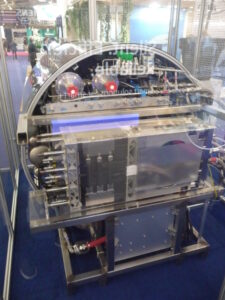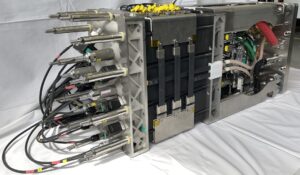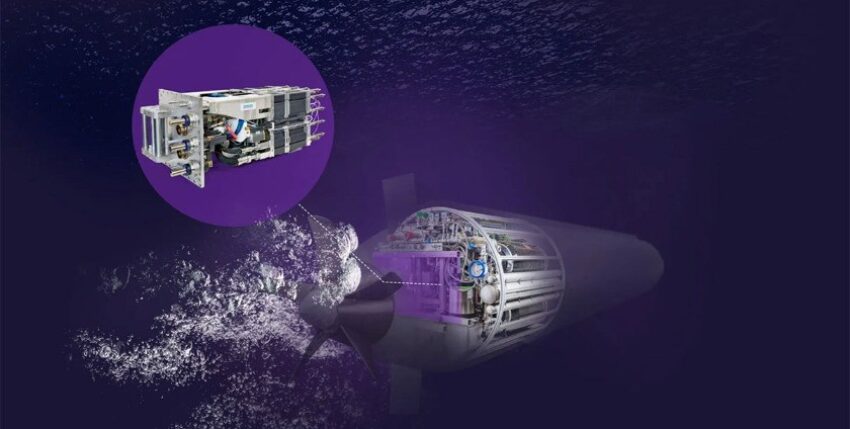Siemens Energy used this year's EuroNaval to present the new BZM evo fuel cell module in a demonstrator for autonomous underwater vehicles.
This is the fourth generation of such a system, which saves almost 50 per cent in volume compared to its predecessors with a 15 per cent increase in performance. Further optimisations have been achieved by reducing weight and hydrogen consumption. The weight of the module is around 200 kilograms. Earlier versions weighed more than 600 kilograms. BZM evo can generate up to 60 kW of power. The size of the lithium-ion battery is said to be 11 kWh. According to the company, the module can be replaced in less than five hours.

Siemens Energy sees potential applications for the module both as a retrofit on submarines and, in particular, in autonomous underwater vehicles (UUV). Nuclear-powered submarines could be another field of application. BZM evo could replace their diesel engine-driven generators.
Reaching new spheres with BZM evo
UUVs or AUVs (Unmanned/Autonomous Underwater Vehicles) normally obtain the energy for their propulsion from batteries. The REMUS 6000 autonomous underwater vehicle ABYSS from Hydroid, which is used by the German GEOMAR, was designed for marine research purposes. It can reach operating depths of up to 6,000 metres. Its maximum autonomy is twenty hours with a maximum range of up to 100 kilometres. Power is supplied by two lithium-ion battery packs. They can be recharged via a charging station belonging to the control and workshop unit, a container weighing around seven tonnes.

Military UUV/AUVs have similar performance parameters, but these are not easily accessible to the public. The SeaOtter MkII underwater drone from Atlas Maridan (Denmark), which is 3.65 metres long and displaces 1,200 kilograms, was developed for mine countermeasure and submarine hunting tasks and has a mission duration of 24 hours. With MuMNS, an ROV for mine warfare, the manufacturer SAAB is taking a different approach. The 2.7 metre, 415 kilogram module is supplied and controlled by the mother ship via a kind of umbilical cord.
The fuel cell module from Siemens Energy, whose compact design enables it to be used in autonomous or remotely operated underwater vehicles (ROV), can significantly change the mobility parameters. Medium-sized and large underwater drones in particular can benefit from BZM evo.
Siemens Energy has equipped almost 40 submarines of various classes (209, U212A, 214, 218 and Dolphin) with AIP fuel cell systems and has a total installed capacity of more than 10 MW.
++++++++++++










